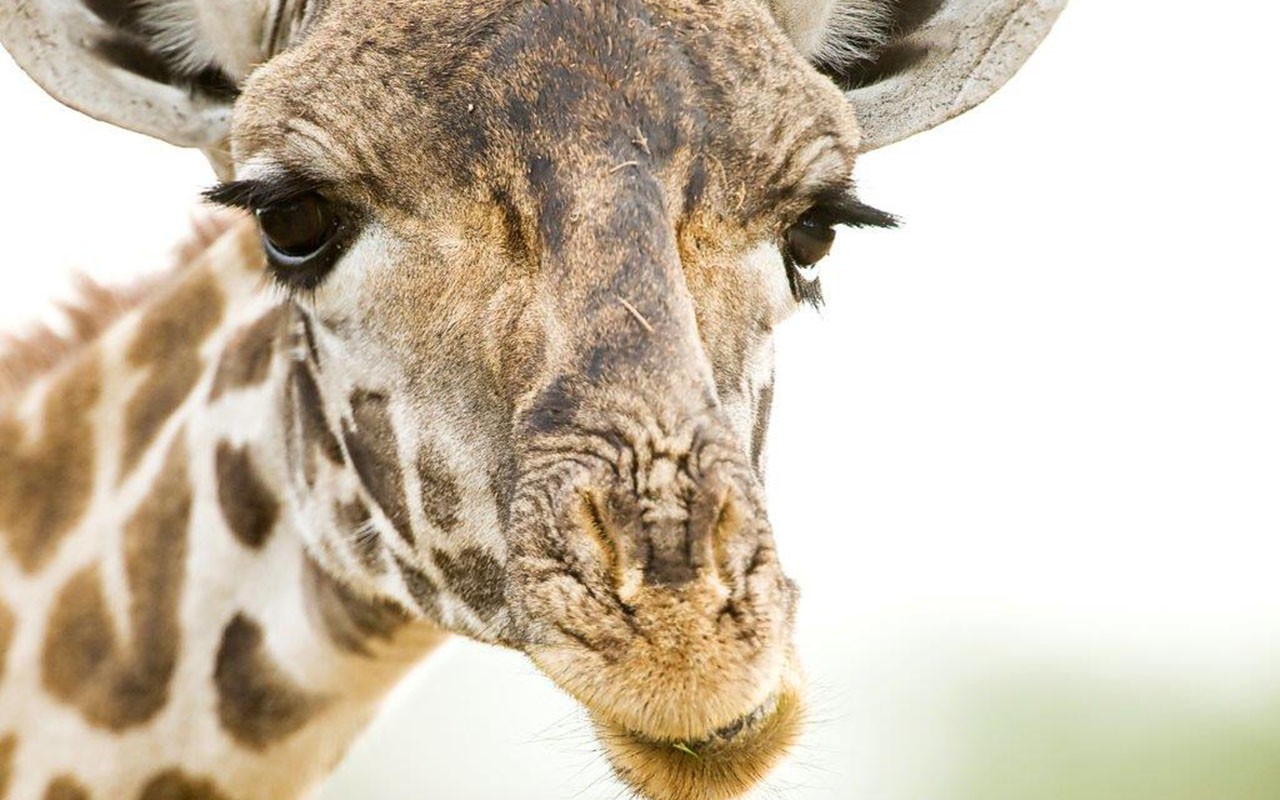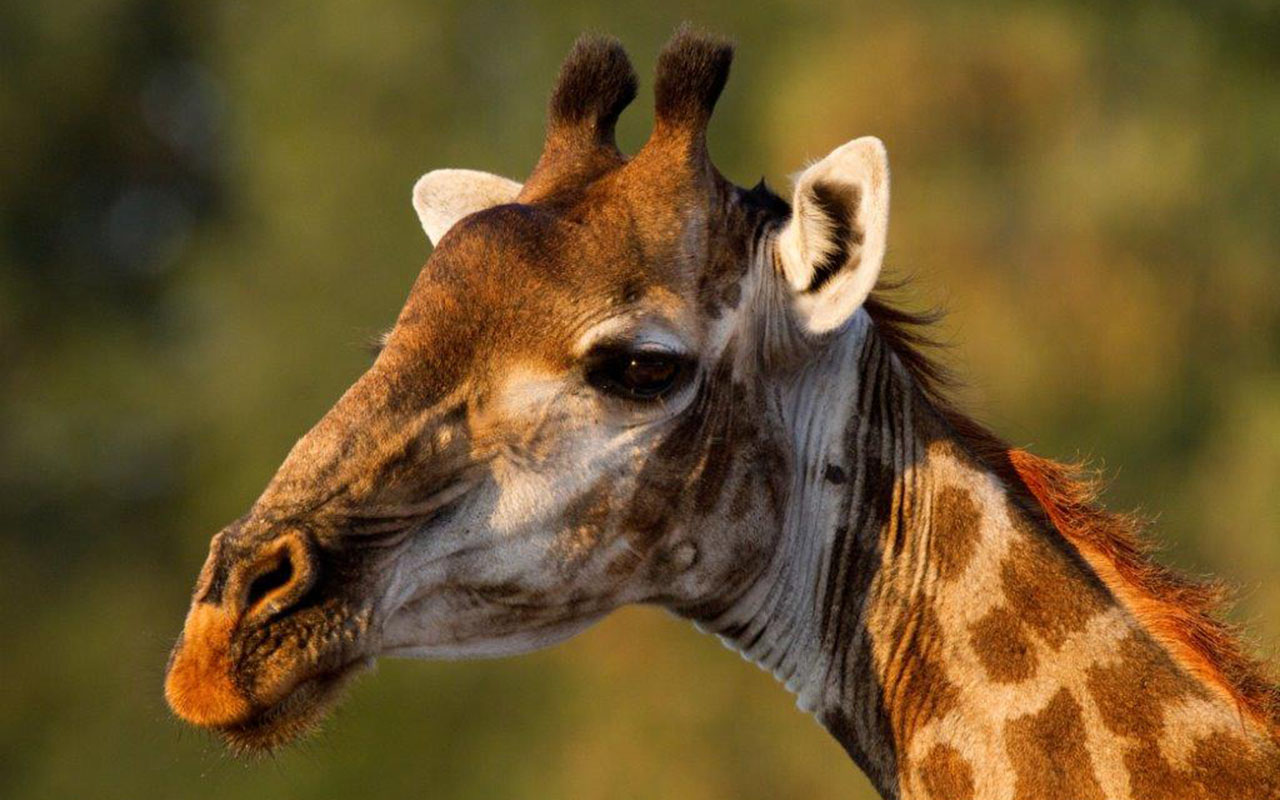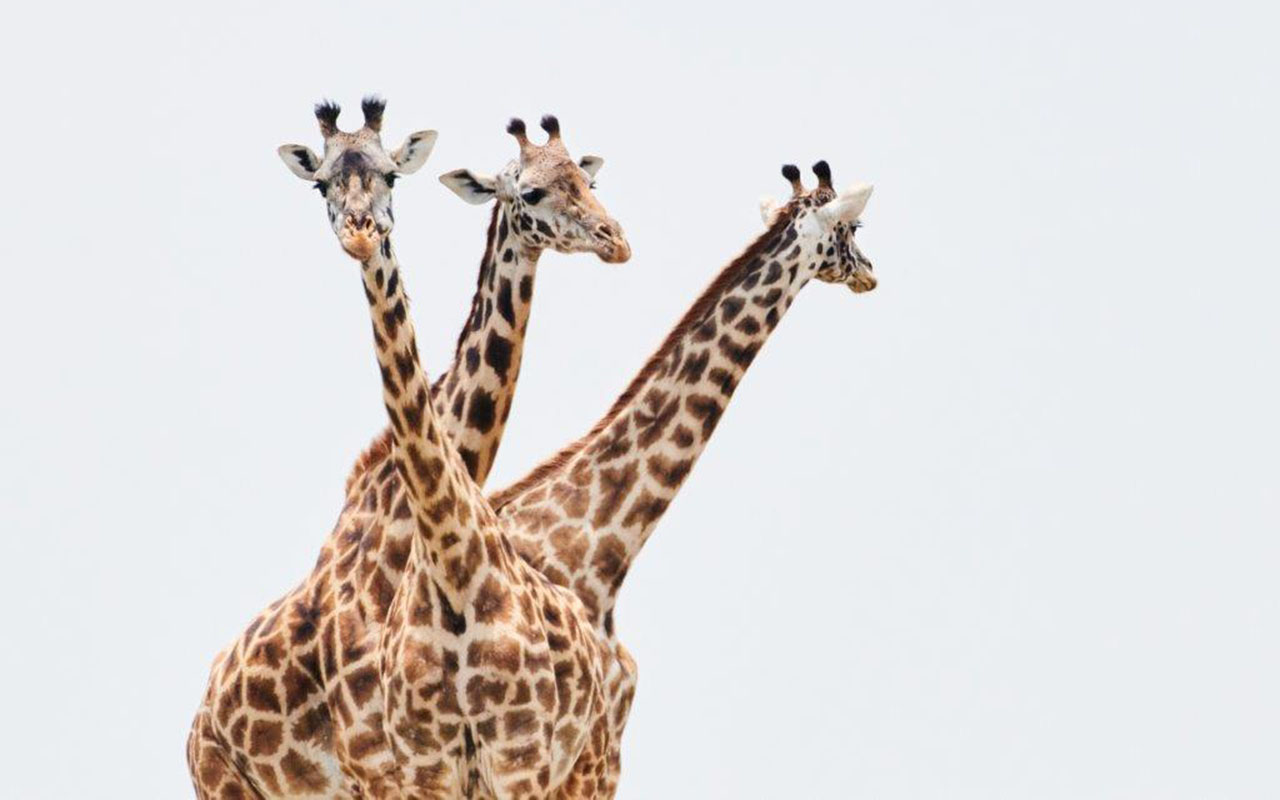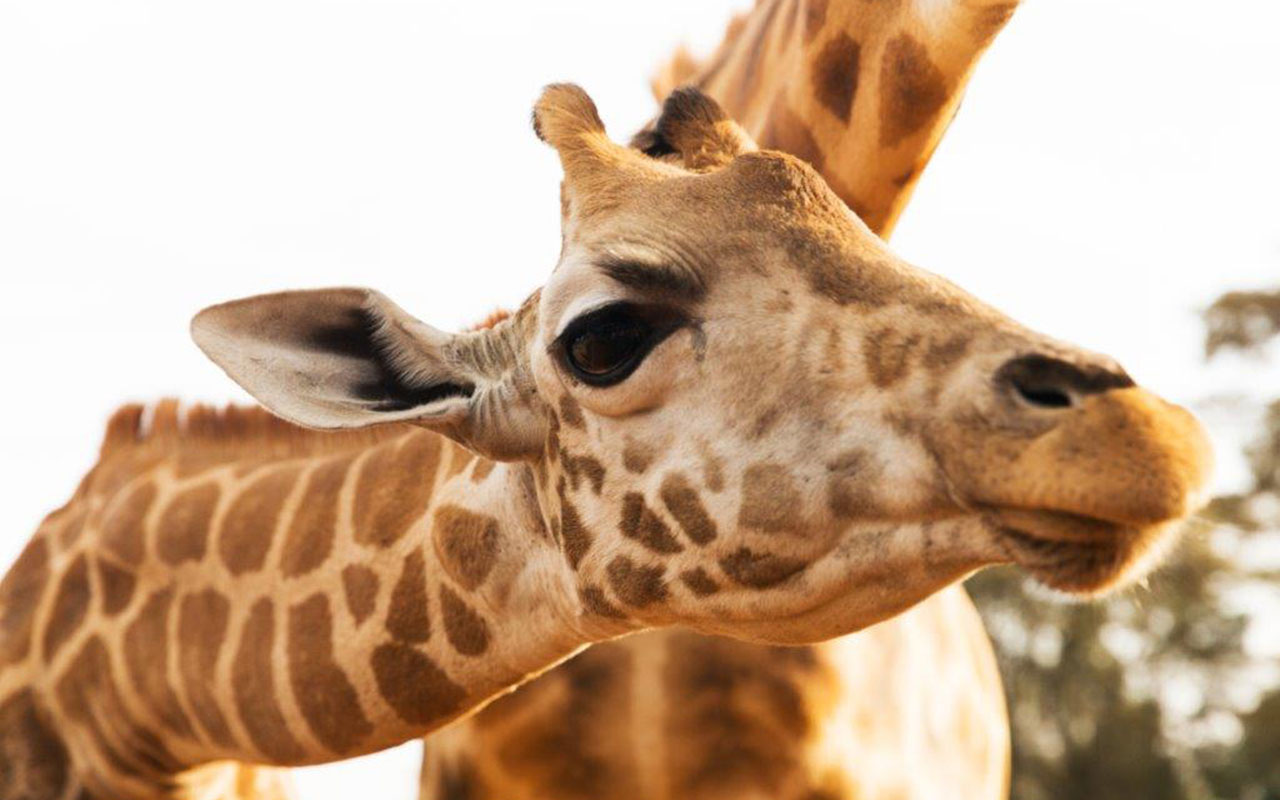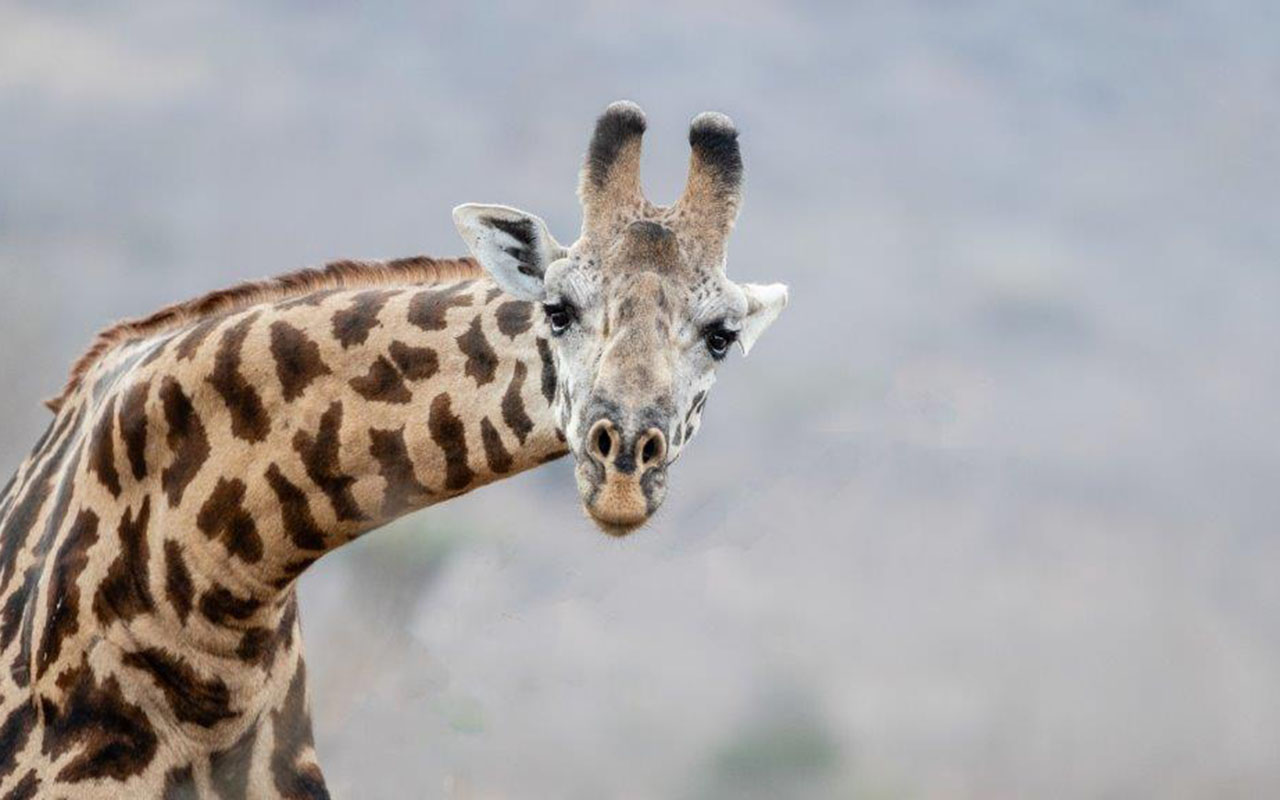Giraffe
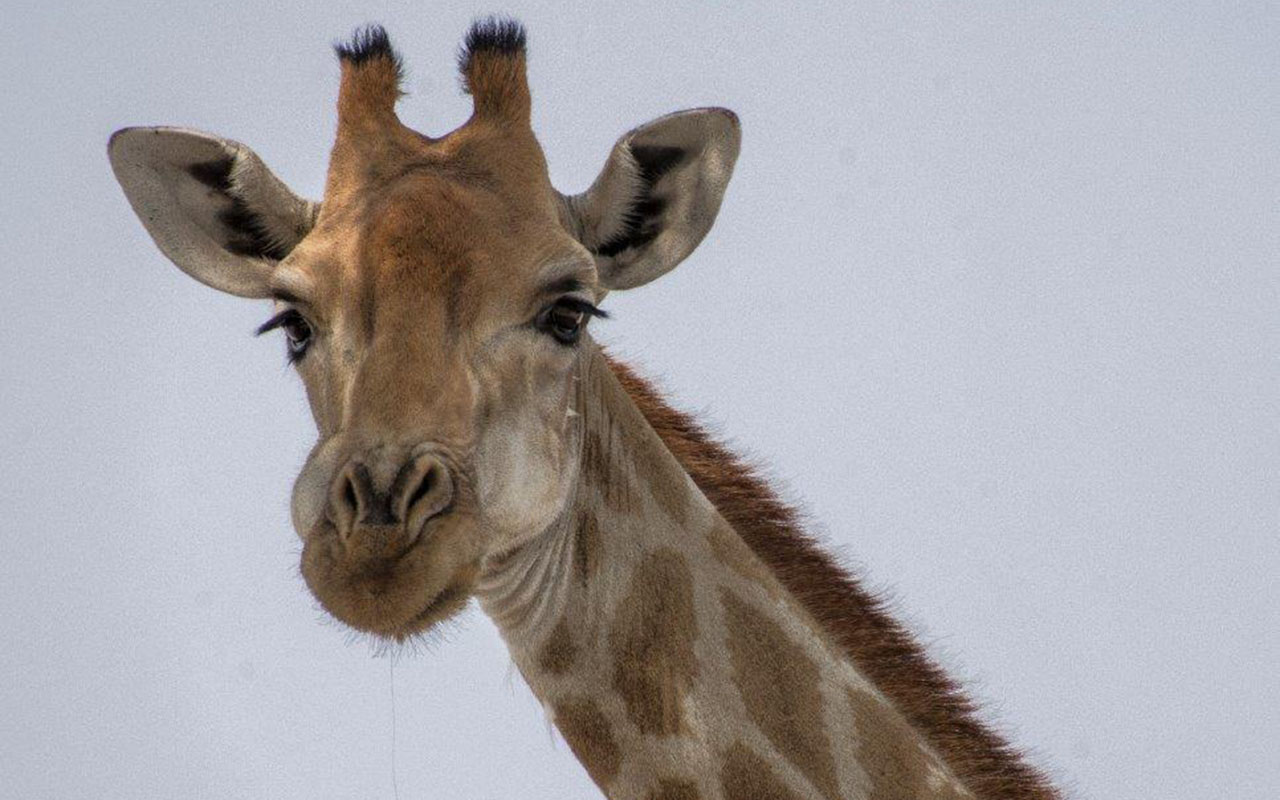
| Kingdom -> | Animalia |
| Phylum -> | Chordata |
| Class -> | Mammalia |
| Order -> | Artiodactyla |
| Family -> | Giraffidae |
| Genus -> | Giraffa |
| Species -> | G. Camelopardalis |
The giraffe is a mammal that belongs to the Giraffidae family and is the tallest mammal on Earth, standing up to 18 feet tall when fully grown. These majestic animals are known for their long necks, which can be up to six feet in length and make up around half of their height, as well as their distinctive coat patterns.
Giraffes are found throughout sub-Saharan Africa, in savannas, grasslands, and woodlands. They are social animals that live in loose herds, with adult males and females usually living separately except during mating season. Giraffes communicate with each other through vocalizations, body language, and scent markings, and they have a complex social structure.
Giraffes are herbivores and feed on leaves, flowers, and fruits from trees and shrubs. Their long necks allow them to reach food that is high off the ground, and their prehensile tongues, which can be up to 18 inches long, help them grasp and pull leaves from branches.
There are nine subspecies of giraffe, each with its own unique coat pattern and range. The most recognizable subspecies is the Masai giraffe, which has irregular, jagged-edged patches that are a darker brown than the surrounding coat. Other subspecies have more rounded patches or even spots, and the color and pattern of their coats can vary depending on their environment.
Giraffes have a number of adaptations that help them survive in their environment. In addition to their long necks and tongues, they have long, slender legs that are adapted for running and galloping, as well as for delivering powerful kicks to fend off predators. They also have a unique cardiovascular system that helps them avoid fainting when they lower their heads to drink water, and they are able to go for long periods without drinking by getting most of their water from the plants they eat.
Despite their size and strength, giraffes face a number of threats in the wild. Habitat loss and fragmentation due to human activities such as agriculture and urbanization is one of the biggest threats to giraffe populations, as it limits the amount of available food and water and reduces the amount of suitable habitat. Giraffes are also hunted for their meat, hides, and tails, and are sometimes killed for sport. Climate change is also having an impact on giraffe populations, as changes in rainfall patterns and other environmental factors affect the availability of food and water.
Several subspecies of giraffe are considered endangered or vulnerable by the International Union for Conservation of Nature (IUCN), including the West African giraffe, which has a population of only a few hundred individuals. Conservation efforts are underway to protect giraffes and their habitats, including the creation of protected areas and the enforcement of hunting bans.
In conclusion, the giraffe is a fascinating and iconic animal that is well adapted to its environment. While facing a number of threats in the wild, efforts are being made to protect these magnificent creatures and ensure their survival for future generations.
